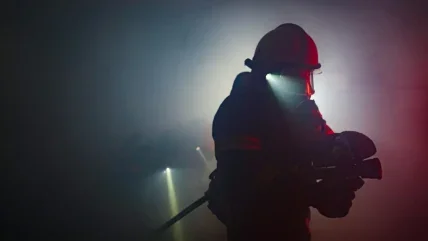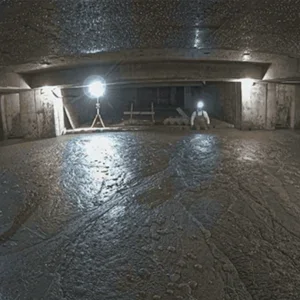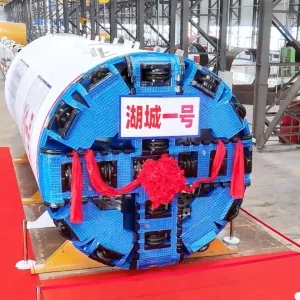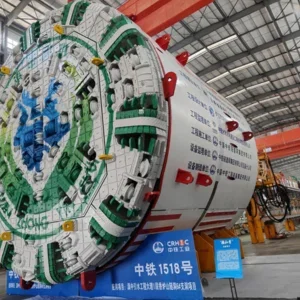
Eight workers were trapped inside the Srisailam Left Bank Canal (SLBC) tunnel, in the Indian state of Telangana, after a section of the tunnel’s roof collapsed in the shear zone.
The shear zone is an area with weakened geological formations due to prolonged exposure to water seepage, which likely contributed to the structural failure.
The project, which resumed operations after years of delay, is under construction near Domalapenta in Nagarkurnool district, Telangana, using a tunnel boring machine (TBM).
On 22 February, a three-metre section of the tunnel’s roof collapsed at the 14km mark inside the tunnel, triggered by a sudden leakage of water and soil.
With the collapse, the debris and mud filled the tunnel for a stretch of 400 to 500m, which made the rescue efforts challenging.
The state and central government agencies have launched joint rescue operations to rescue the workers trapped inside the tunnel.
The rescue teams comprised personnel from the Indian Army, National and State Disaster Response Forces (NDRF and SDRF), Singareni Collieries, and National Highways & Infrastructure Development (NHIDCL).
Also, a team of rat miners who rescued the construction workers trapped in the Silkyara Bend-Barkot tunnel in Uttarakhand in 2023, were deployed at the site.
The rescue teams are using advanced equipment, such as endoscopic and robotic cameras, and NDRF dog squads, to locate the trapped workers.
However, continuous seepage and unstable conditions hindered the progress.
There has been no communication with the trapped individuals, and their chances of survival are considered minimal due to the accumulation of mud and debris.
Currently, the teams are working to dewater the tunnel and stabilise the environment to facilitate safe entry for rescue teams.
NDRF Deputy Commandant Sukhendu Datta said: “Yesterday around 10 pm, we went inside to check what the situation was like. The locomotives were used to enter the tunnel.
“From the gate of the tunnel, we covered a total of around 13.5 km. We covered 11 km by train and then the rest of 2 km by conveyor belt and by walking.”







